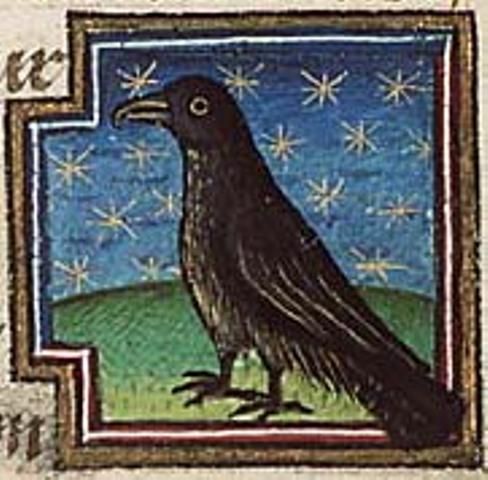













The Celtic Zeus
From Maximus of Tyre's Logoi
late 2nd c. CE
Dissertation VIII, section 8:
Text:
Κελτοὶ σέϐὅσι μέν Δία, ἄγαλμα δὲ Διὸϛ Κελτὶϗὸν ὑψηλὴ δρῦϛ.
Translation:
The Celts indeed worship Zeus, but they honor Him in the form of a lofty oak.
NOTES
The oak of course was considered sacred to Zeus; at his sanctuary at Dodona, the oracles would take divination by listening to the wind in the oak trees.
Oak trees are elsewhere associated with thunder gods; more than a thousand years later, Willibald's Life of Saint Boniface recounts how the saint cut down an oak of the Hessians which was sacred to "Jove"--no doubt refering to Donar, the German thunder god (better known to us in his Norse analog Thor). The Baltic thunder god Perkunas is also closely associated with the oak. This association has been explored in H.M. Chadwick's "The Oak and the Thunder God"
As to the identification of this "Zeus" worshipped by the Celts, it's certainly known that Taranis was widely worshipped; though he is not depicted as an oak tree, there are of course the so-called "Jupiter Columns", found in places like Mainz, Maastricht, and a recent discovery as far away as Budapest. The columns often have scales, like the leaves of a tree.
SOURCES
Maximus of Tyre. Logoi. edited and translated into Latin by Jeremiah Markland. London: G. Bowyer, Societatis ad Literas Promovendas. 1740. p.87 URL: http://books.google.com/books?id=hixPAAAAYAAJ&printsec=frontcover#v=onepage&q&f=false
Chadwick, H. Munroe. "The Oak and the Thunder God." The Journal of the Anthropological Institute of Great Britain and Ireland. Vol. 30, (1900), pp. 22-44. URL: http://www.jstor.org/stable/2842615
Translation by Mary Jones. 2014.